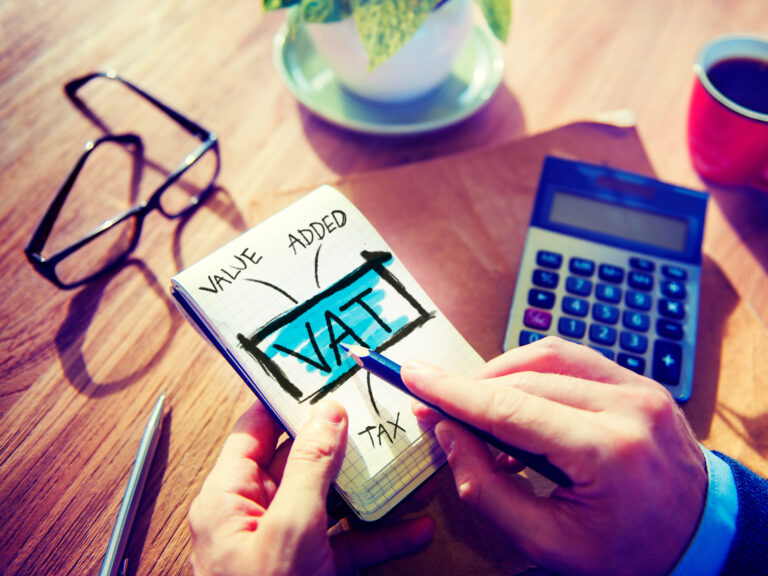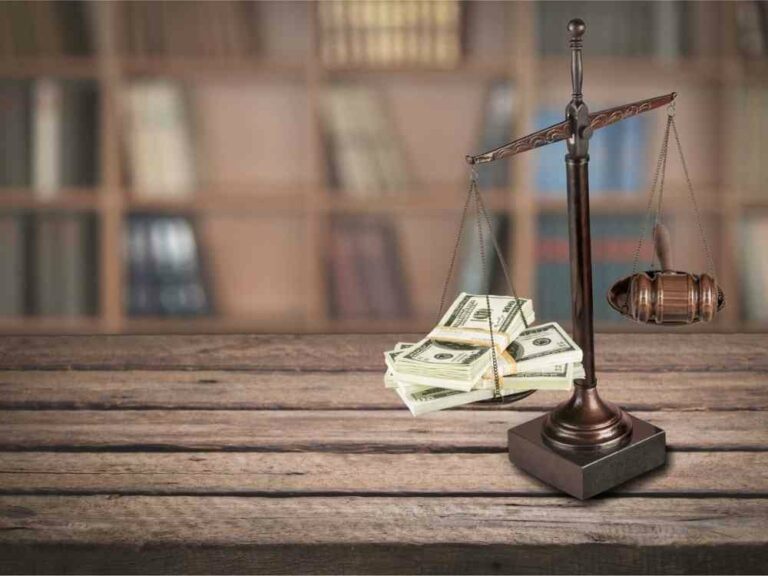If you operate a business selling taxable goods or services, you almost certainly need to collect sales tax from your customers. However, sales tax rates and regulations vary a great deal from state to state, and this can become even more complicated if you sell in multiple states or ship items from one state to customers in another. When trying to determine what to charge and when, the first thing you need to understand is who imposes the tax in the first place.
States
In general, the bulk of the sales tax rate in any given location is imposed by the state. Most states have some form of sales tax, although the rate can vary dramatically from one state to the next. For example, Colorado has one of the lowest state sales tax rates, coming in a 2.9%, while California is the highest, with a statewide rate of 7.25%. Currently, Alaska, Montana, Delaware, Oregon, and New Hampshire don’t impose a sales tax at the state level, but some localities in some of these states do.
There may also be different rates for different types of goods and services. Alcohol, for instance, is often taxed at a separate rate, as are hotel accommodations.
Local Municipalities and Counties
In some places, the state sales tax rate is the only one that applies. That’s far from universal, however, with individual municipalities and counties in each state often permitted to impose their own local tax rates on sales within their jurisdiction. In some places, the total tax that’s required to be collected on a purchase will include a state rate, county rate, and city rate. However, these can generally all be combined and submitted to the state as a lump sum, which will then be redistributed to the local governments proportionally.
It’s important to note that just because a state sales tax rate is relatively low doesn’t mean the total rate will be. Colorado is an excellent example of this, as its counties and cities impose significant additional taxes, driving the total rate up over 9% in some areas. Even in places like Alaska, where there is no state sales tax, municipalities can enact one, and in some places, that rate is as high as 7%.
Special Districts and Local Authorities
While most sales taxes are charged at the state or municipal level, there are several areas where special districts are created. These special districts are often created at the county level and exist to serve a specific purpose for the community.
These special districts, or taxing districts as they are known in some states, may charge additional tax based on the residents’ use of a specific service or feature. Texas is a good example, with 254 counties, 1,200 municipalities, and 3,250 special district governments. In the case of Texas, this includes more than 1,100 school districts, water and wastewater collection, and several other local services. These districts can levy ad valorem taxes, as well as special implementation of sales taxes and fees.
What kind of special districts exist and how are they allowed to collect sales tax? Some examples include:
- Utilities like water, waste removal, and levee improvement.
- Environmental districts for flood control, energy production, or water control
- Agricultural districts
- Health and safety districts for local hospitals
- Transportation districts for roads, tolls, rail, and bridges
- Economic development for everything from libraries to sporting venues
While a lot of the additional taxes associated with special districts are levied in the form of property taxes, there are several circumstances in which additional sales tax is charged as well.
For example, in Brevard County, Florida (where AccurateTax is based), a 0.5% sales tax was passed by voters in November to clean up the Indian River Lagoon. The tax will help pay for the $302 million cleanup over the course of 10 years in the area. Similar projects, as well as new infrastructure programs, local transit upgrades, and school district improvement efforts are funded by similar special district sales taxes around the country.
Special Circumstances
What items and services are taxed varies from state to state as well. For instance, most states don’t tax groceries at the full state rate, although 14 states do impose at least a partial sales tax on these types of purchases. In Virginia, for instance, the state sales tax rate is 4.3%, but groceries are taxed at a reduced rate of 1.5%, with the option for the local government to add another 1% if they choose.
Regulations regarding how much local governments can add to the state rate varies significantly from one state to another, as do the requirements for businesses who are obligated to collect those taxes. In many places, registering with the state allows you to collect sales tax at the combined local and state rate, but there are still places where you have to register separately with the individual municipalities as well.
Determining What Rate to Charge
If you own a brick and mortar store and make sales in person from that location, you will charge your customers the rate for the area in which your business is located. However, if you’re shipping products directly to customers, whether from in-state or out-of-state, the rate you collect at will be determined first by whether the state is origin-based or destination-based.
In an origin-based state, the rate of sales tax to be collected on a purchase is related to the location that the item ships from. That may be the primary location of your business, or it may be a warehouse located somewhere else in the state. If you’re making sales in a destination-based state, you will collect sales tax at the rate imposed in the location you’re shipping to, regardless of where the product originates.
Ongoing Changes
It’s also important to keep in mind that sales tax rates, at both the state and local level, can fluctuate a great deal from one year to the next, and even from month-to-month in some cases. Keeping on top of these changes is your responsibility as a seller of taxable goods, and that can become quite complicated, particularly if you sell in more than one state.
Many states provide resources through their departments of revenue to help you stay up to date on any state or local sales tax changes, and the Small Business Administration has some useful information about the topic as well. While it may seem overwhelming at first, keeping up to date on the rates and locations in which you need to collect sales tax can be quite manageable once you have the right system in place.






